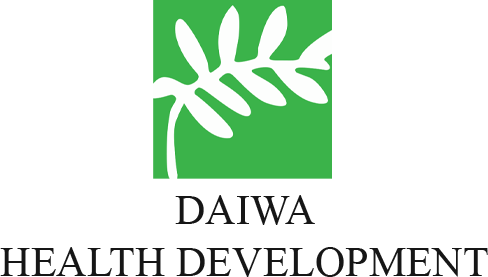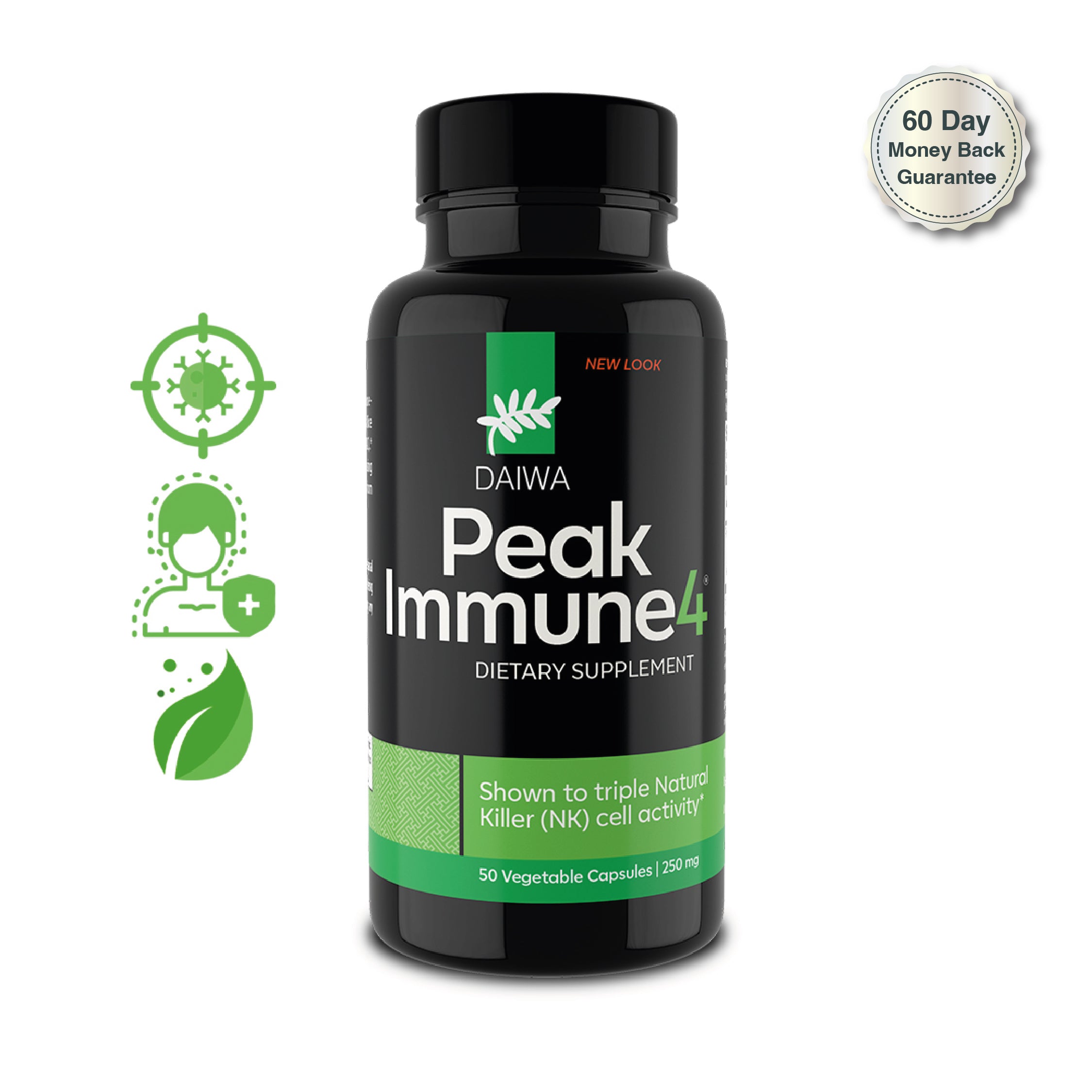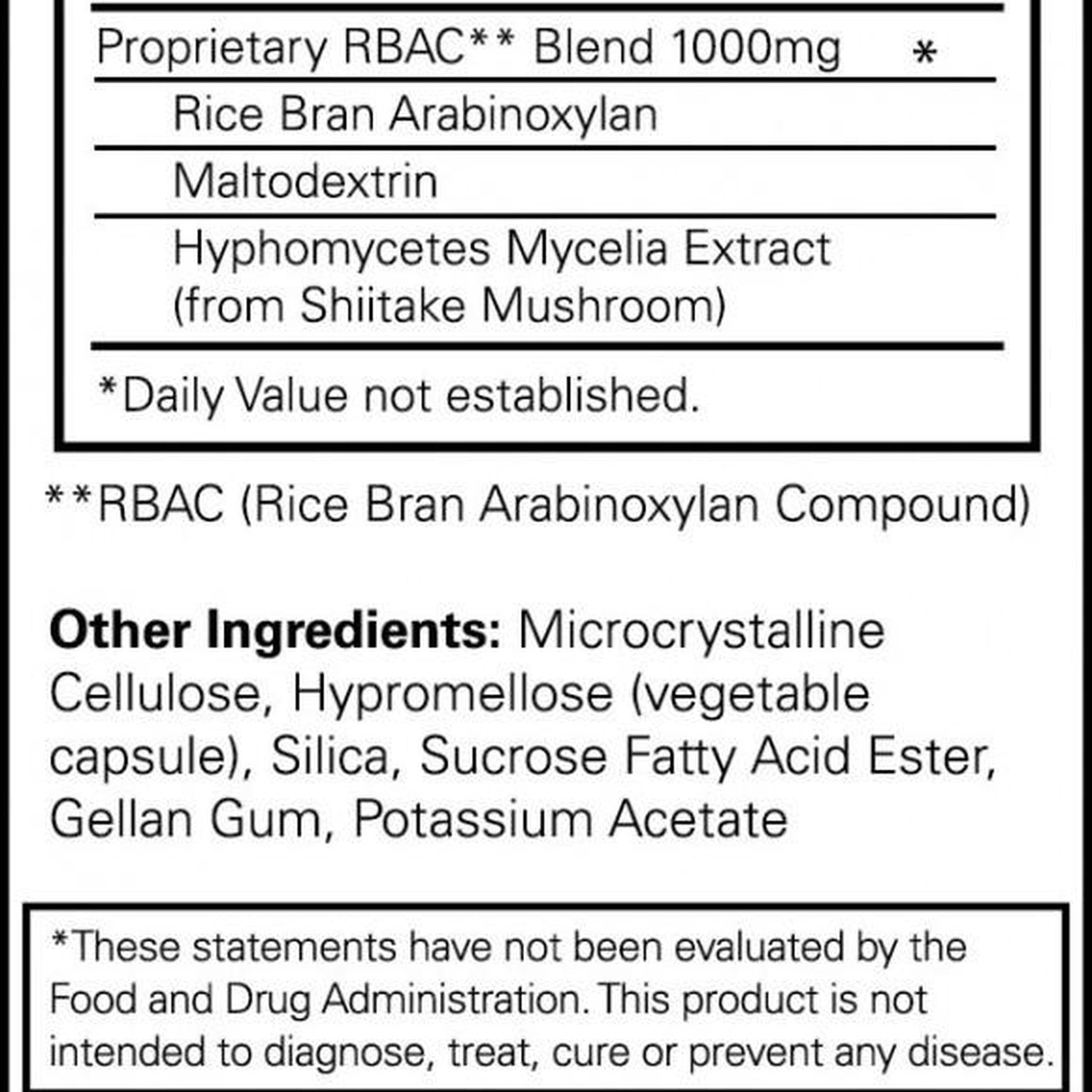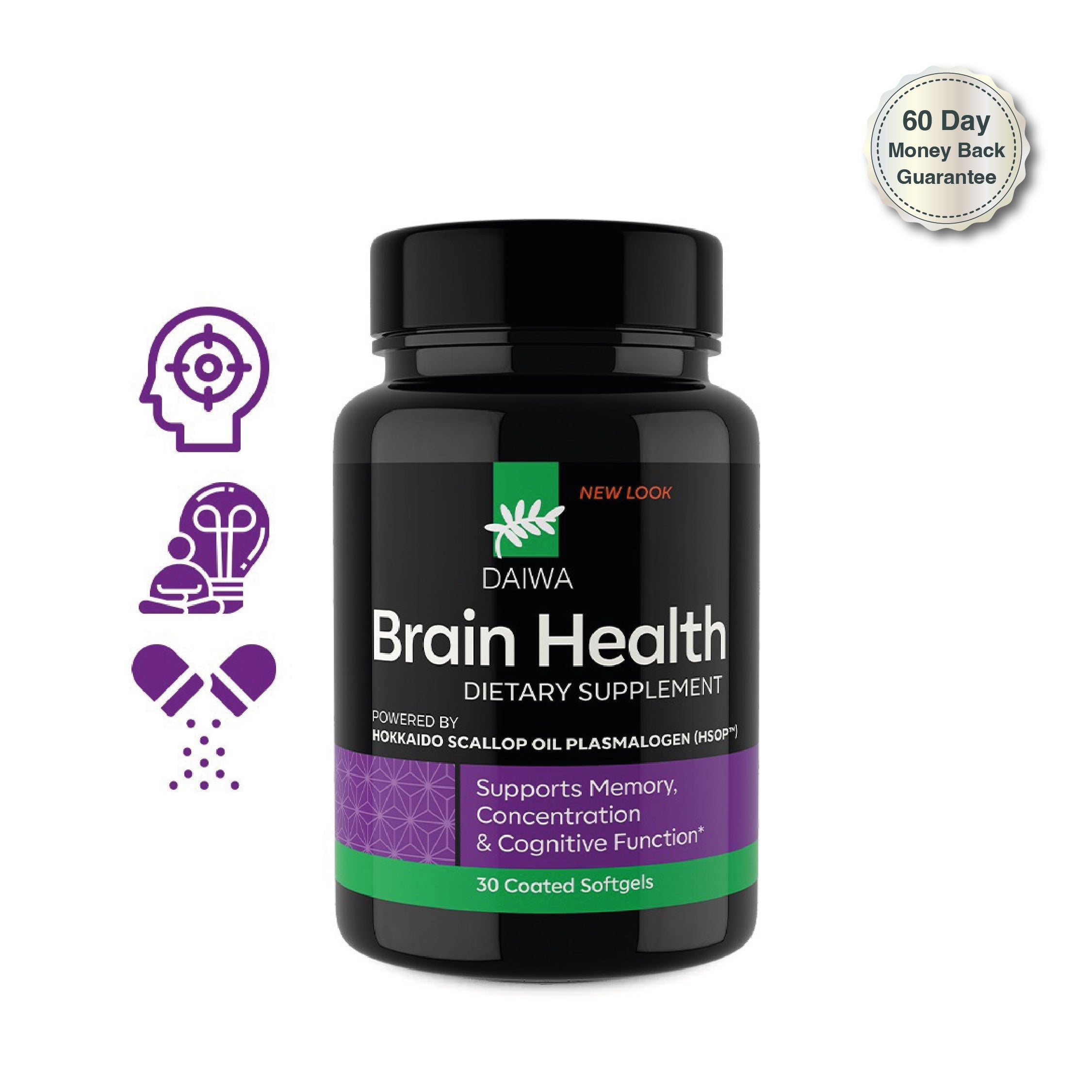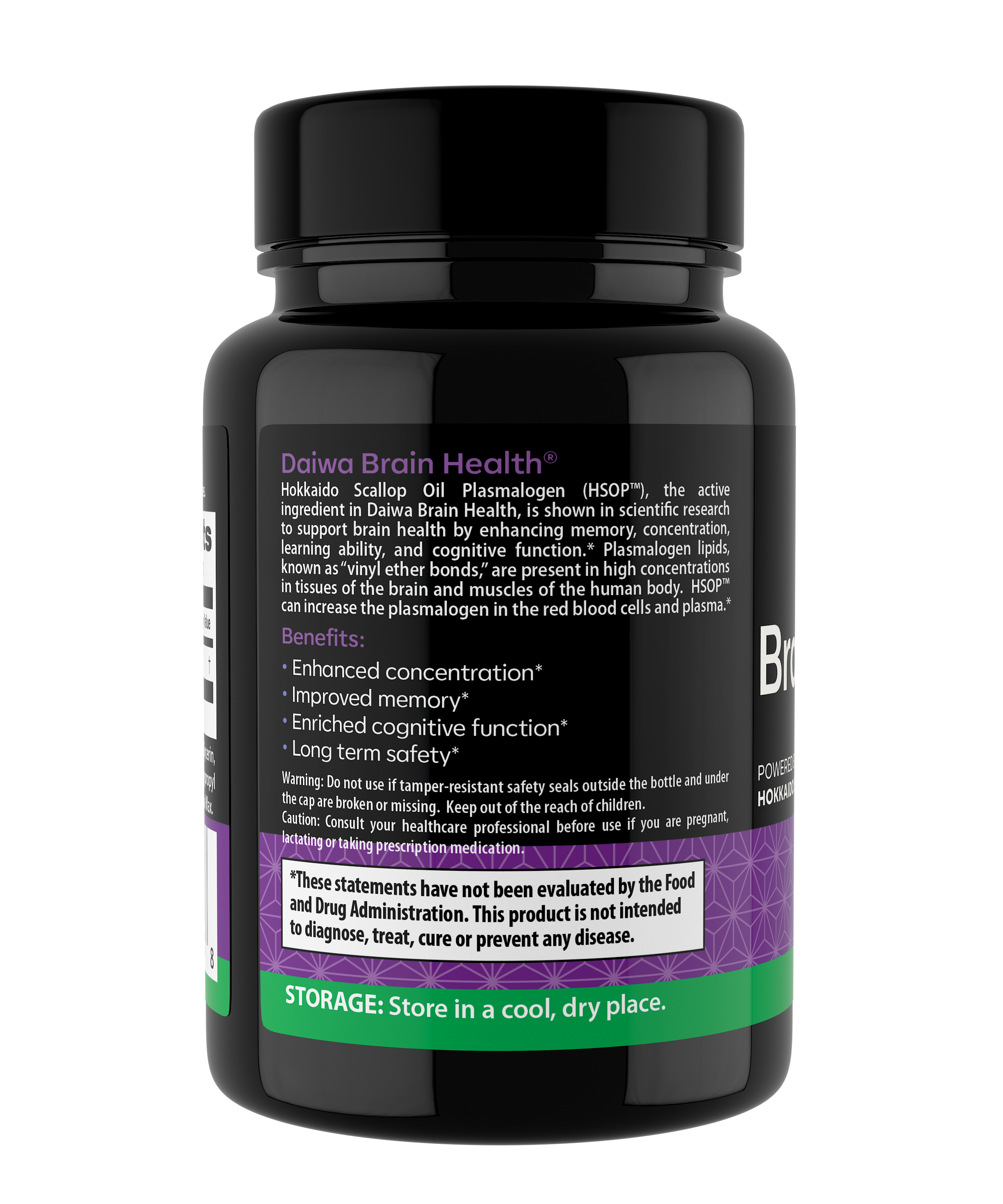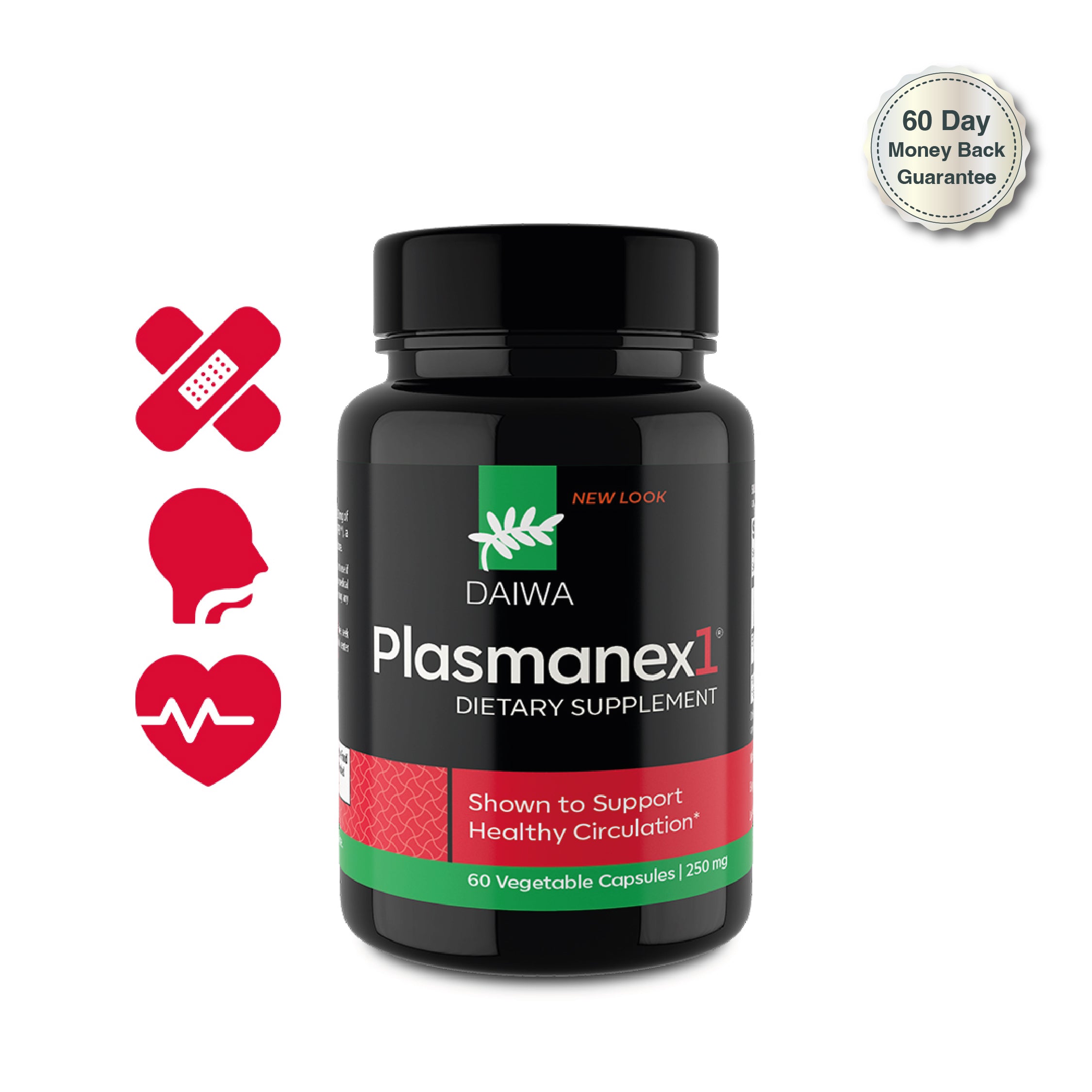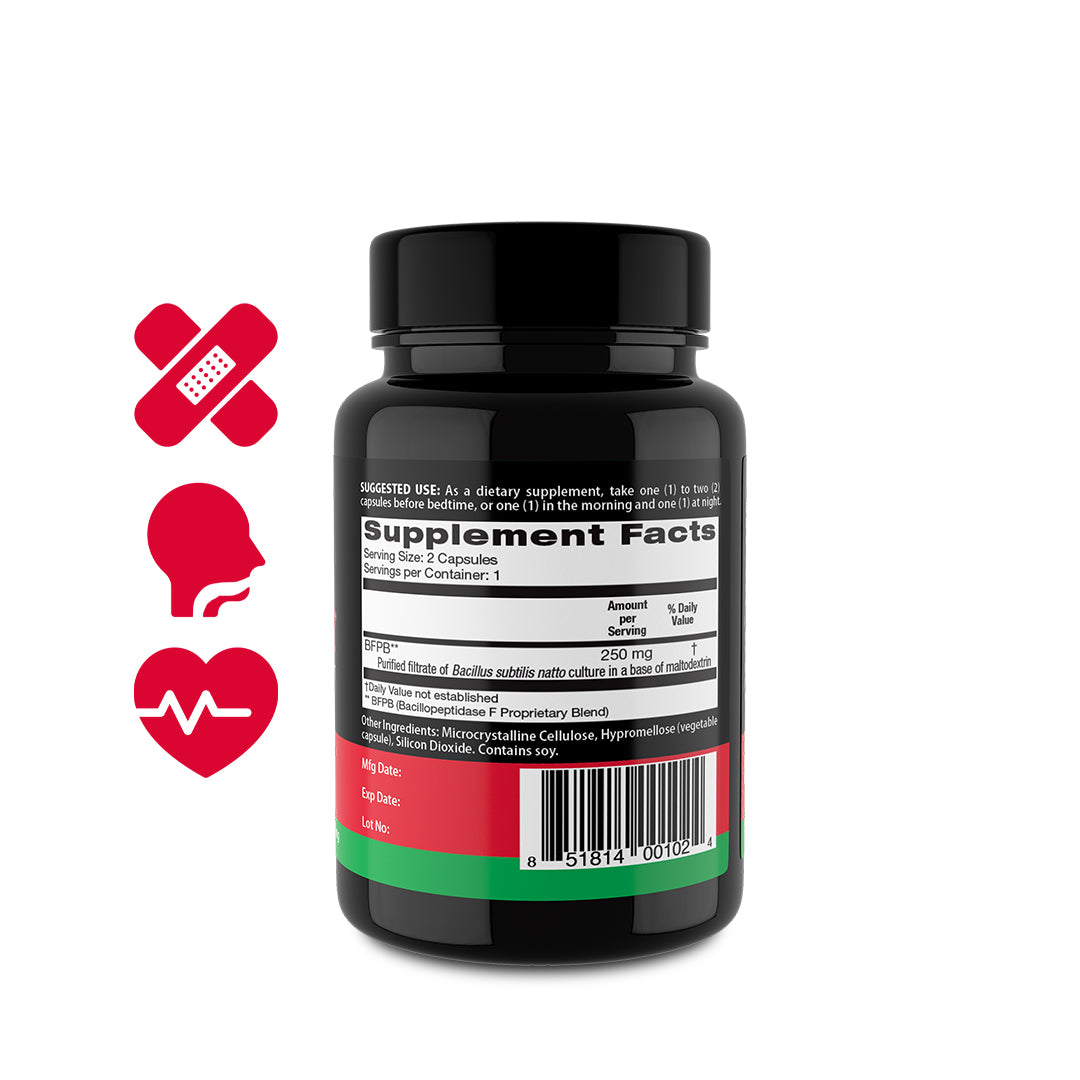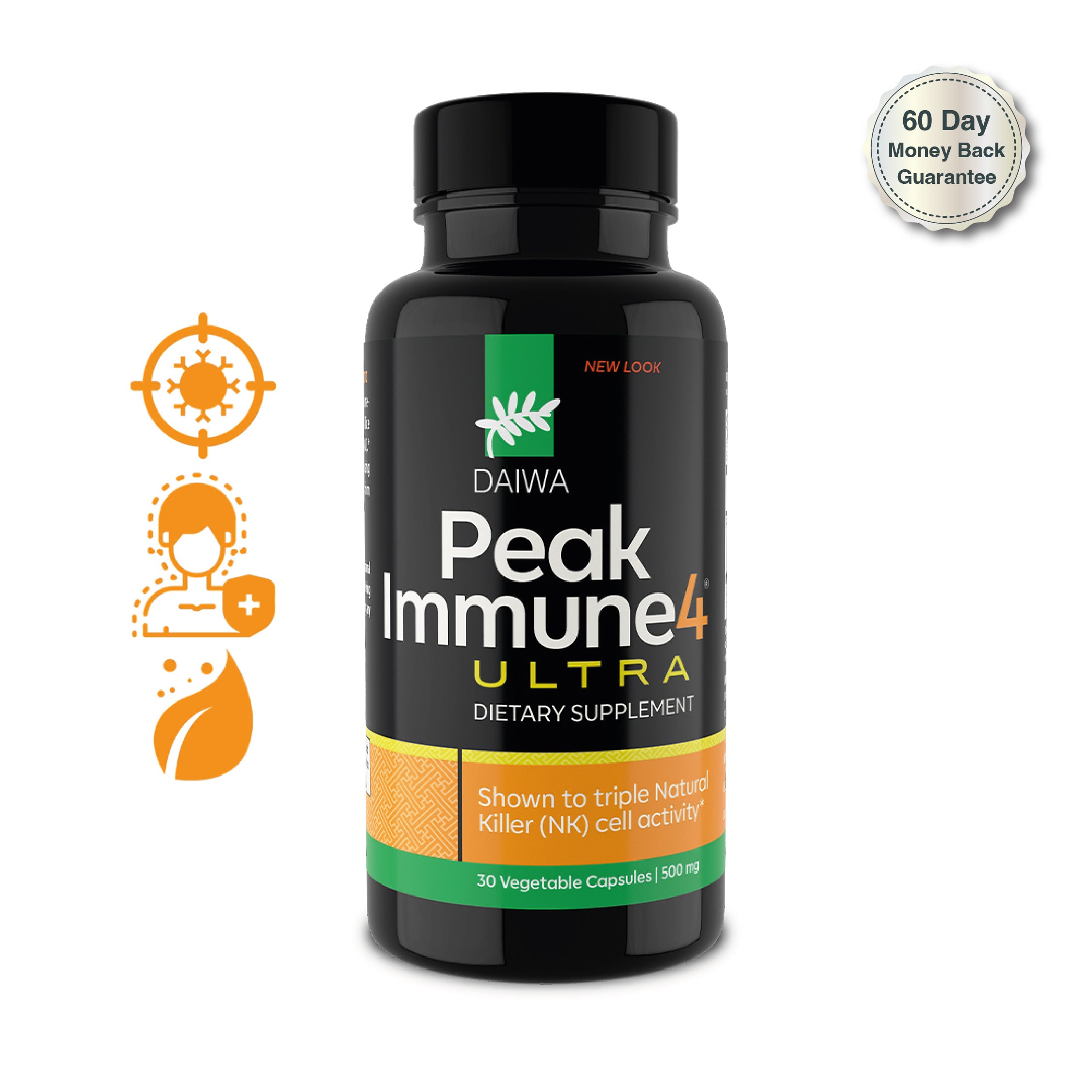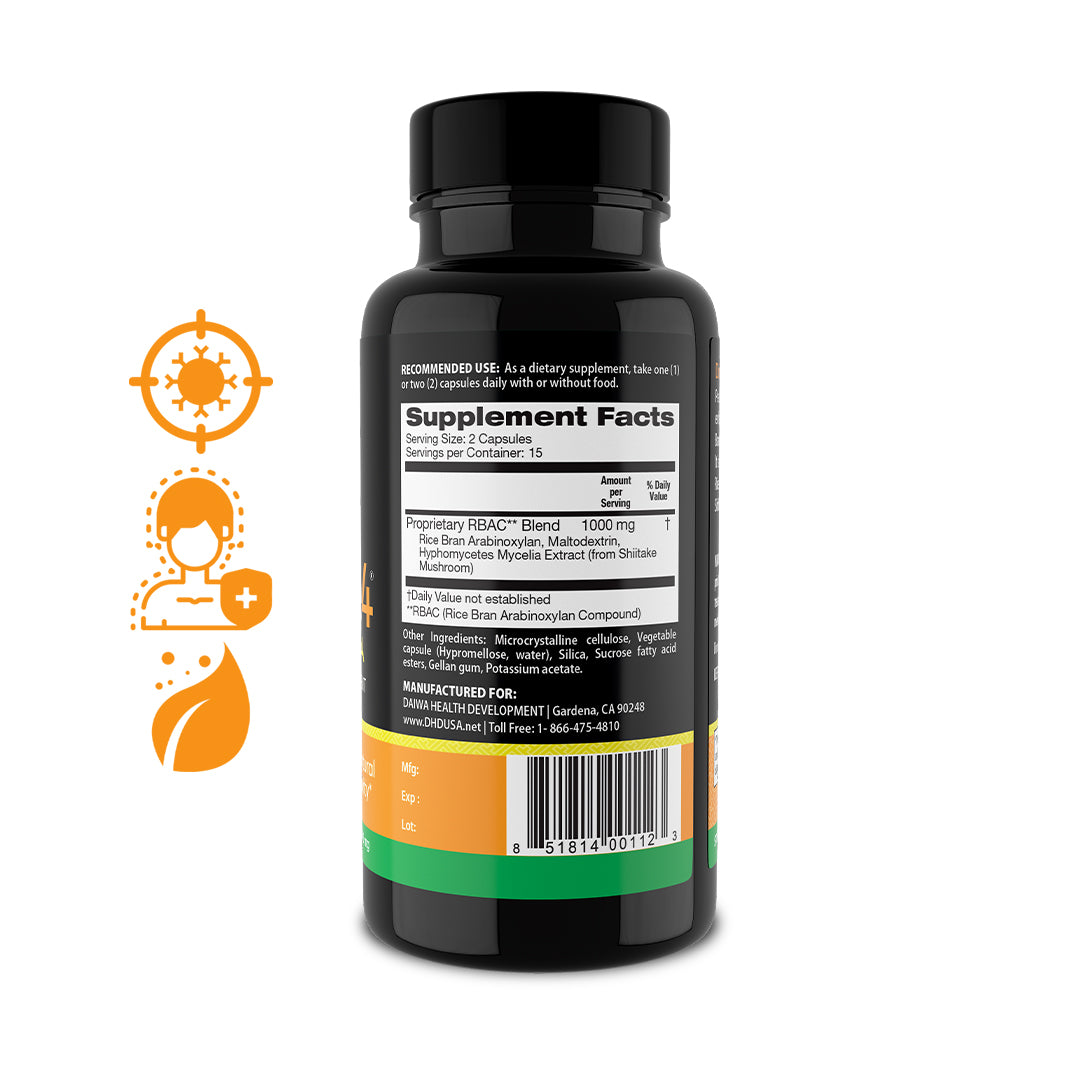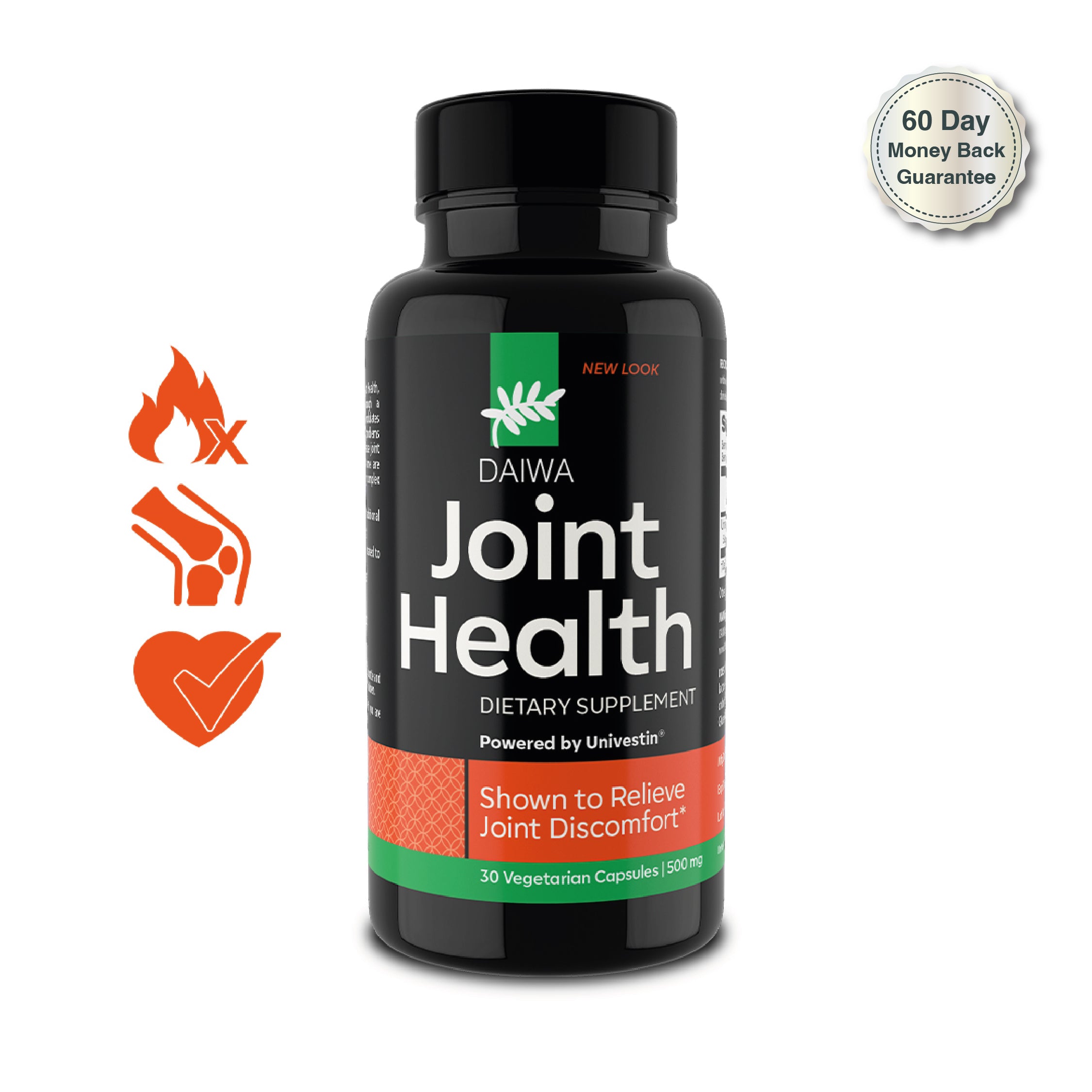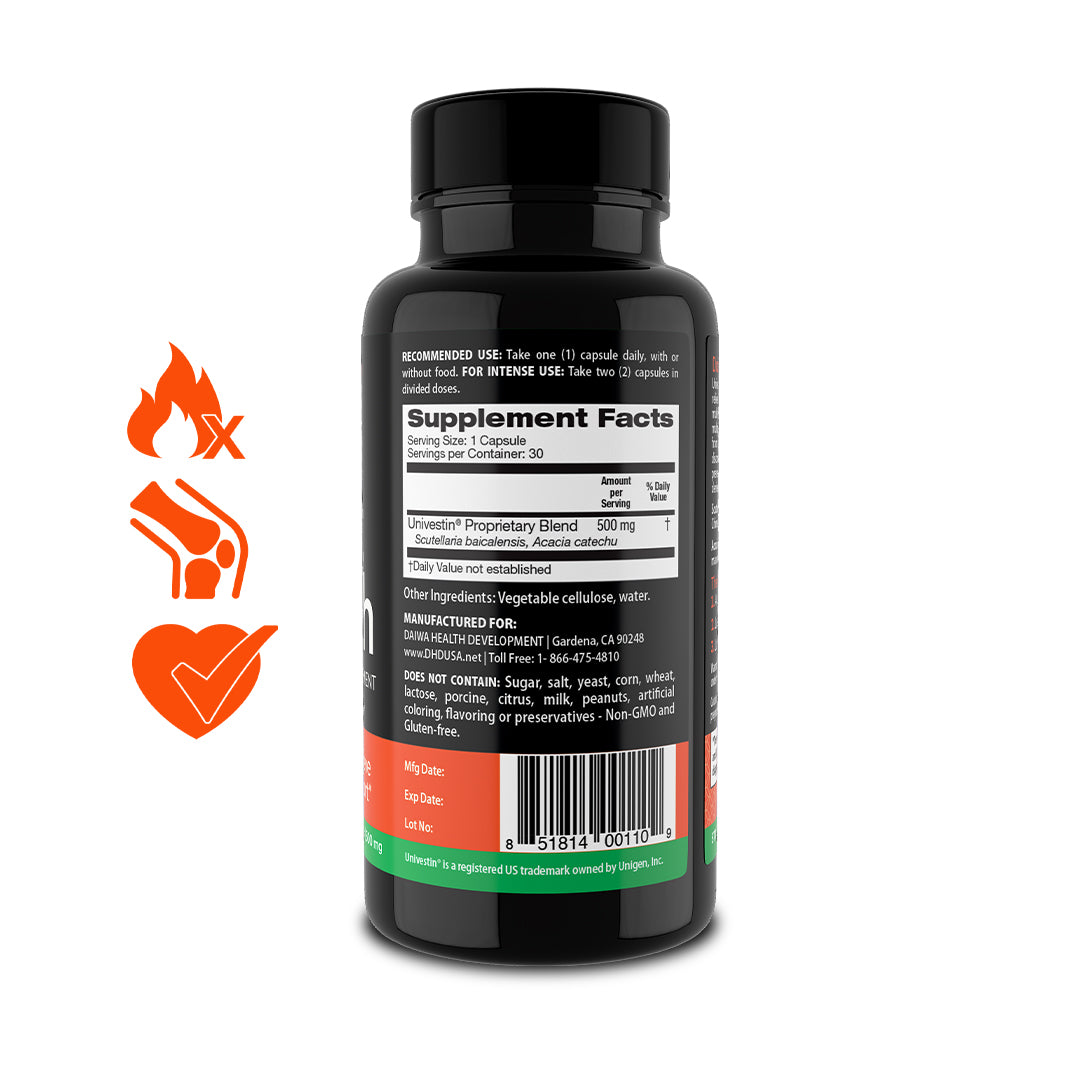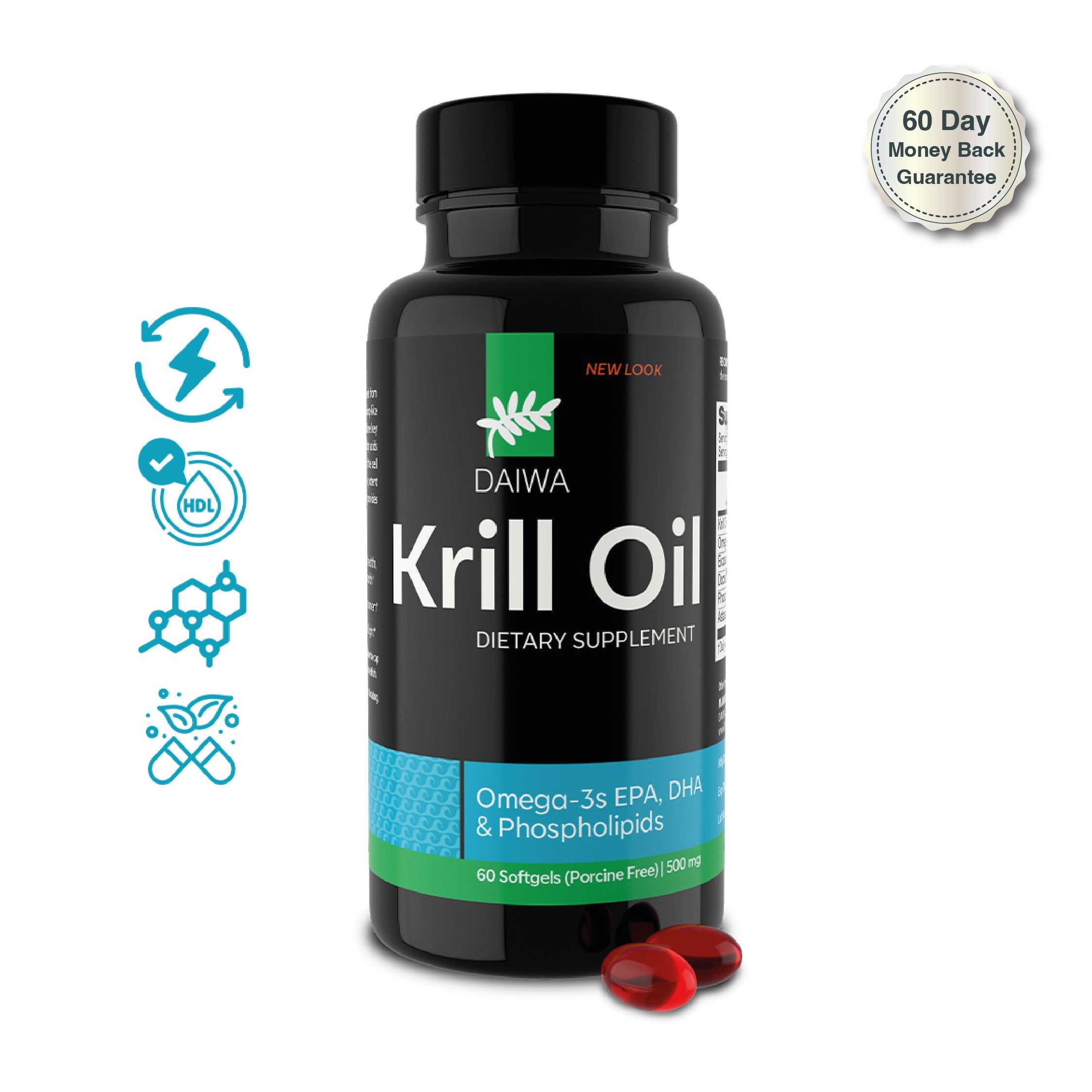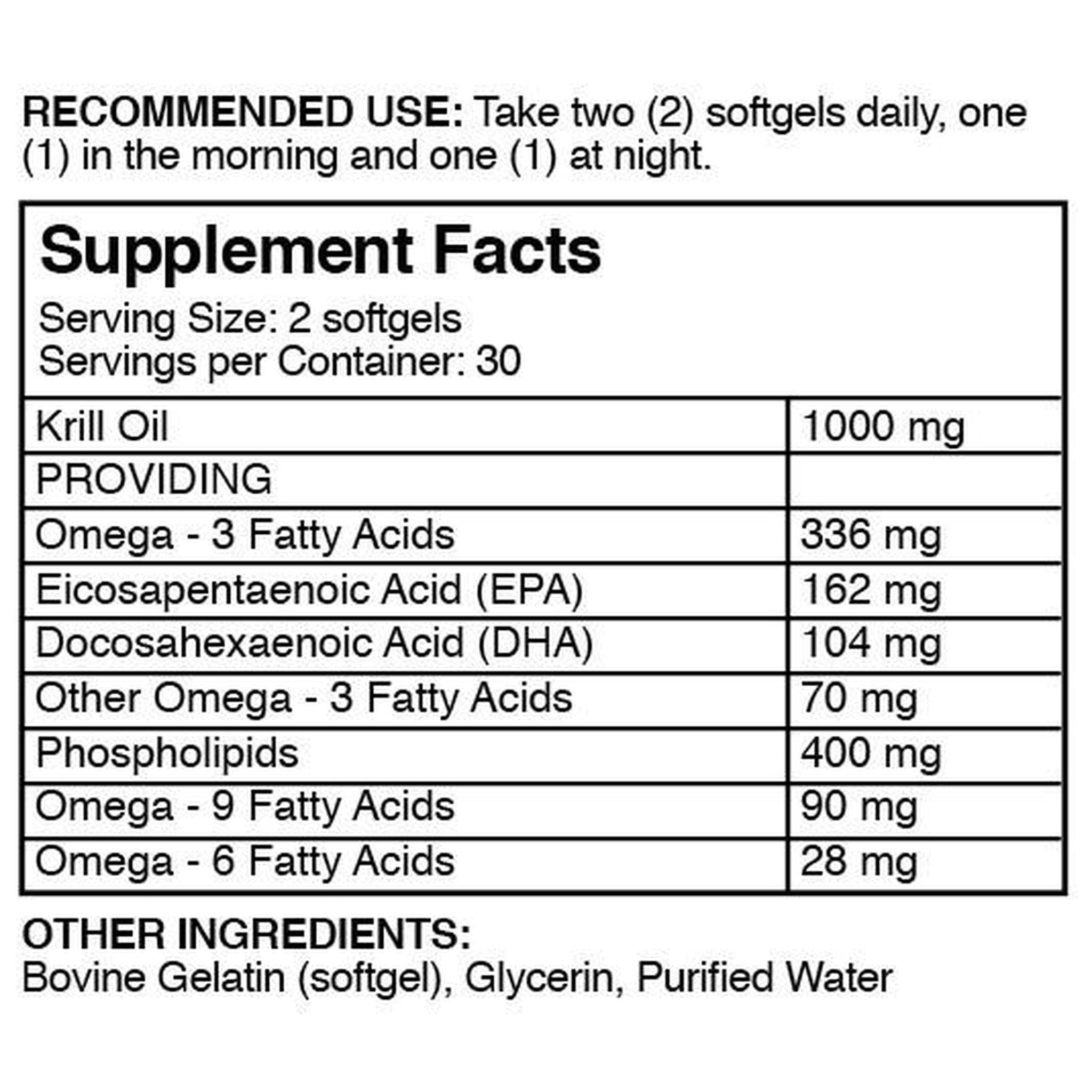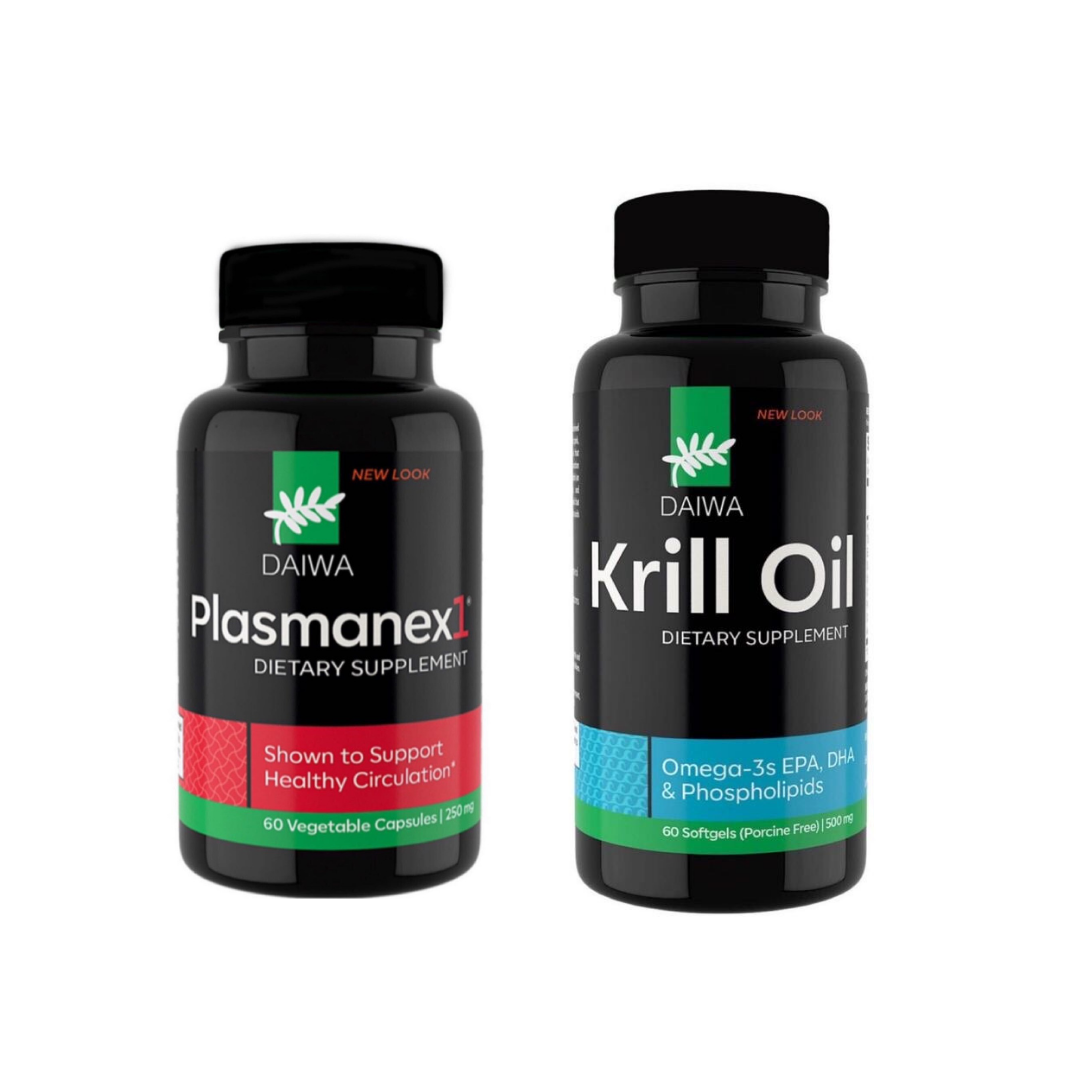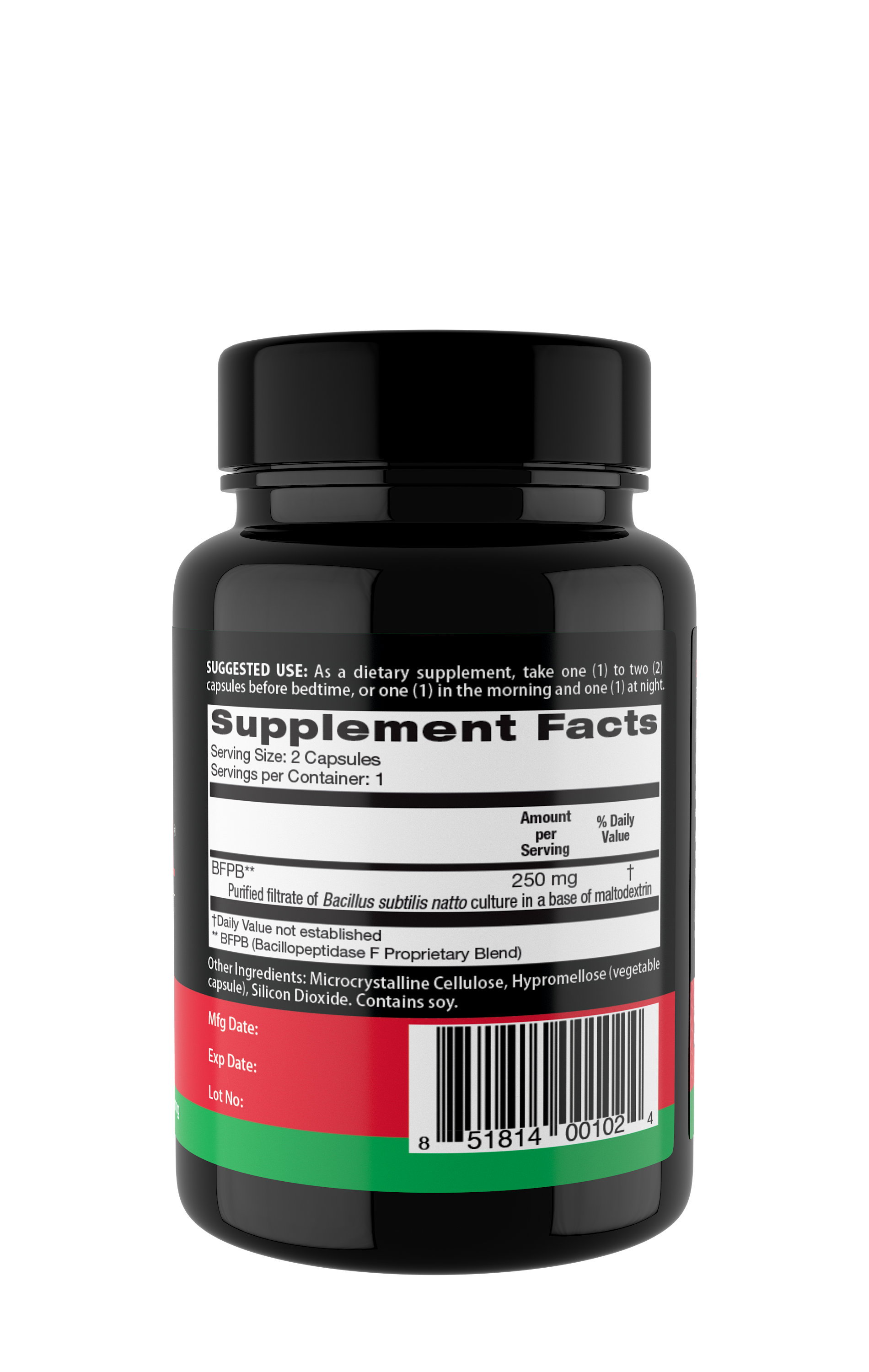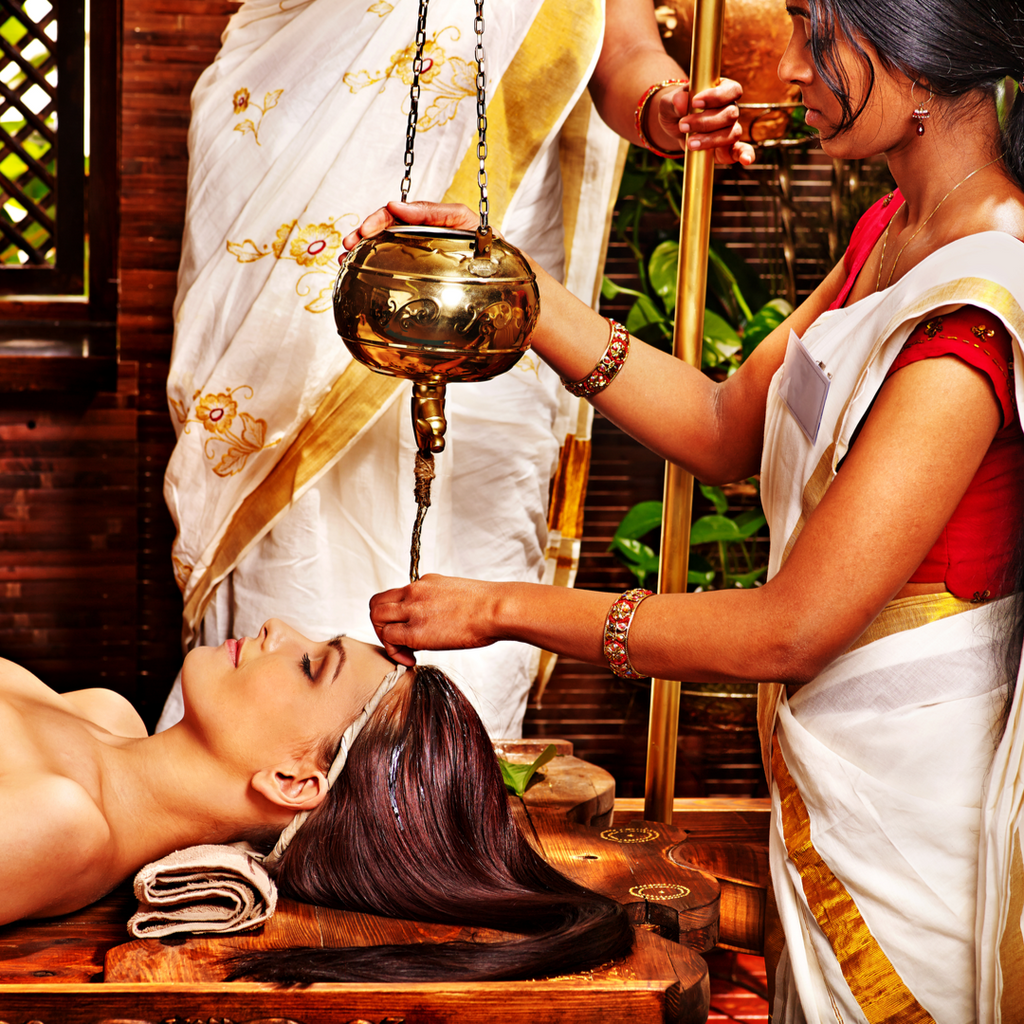
Healing Medicine and Practices Around the World

Before modern hospitals and pharmaceuticals became the foundation of global care, humans relied on nature, community and spiritual beliefs to heal. Ancient practice has shaped healing medicine and practices around the world, providing the foundation for many approaches we use today. The role of indigenous communities has been vital in preserving and passing down this healing knowledge through generations.
These traditions formed the base of healing medicine and practices around the world. At Daiwa Health Development, we respect this history while advancing it — creating supplements that merge timeless knowledge, influenced by medical traditions from different civilizations, with the power of modern science to strengthen immunity, manage inflammation and improve overall wellness.
Introduction to Health Care
Health care is a cornerstone of human society, evolving over centuries to meet the changing needs of communities around the world. From its earliest days, health care has been shaped by cultural traditions, social structures, and the natural environment. At the heart of this evolution lies traditional medicine—a diverse collection of healing practices that have supported human well-being for generations. The World Health Organization recognizes the vital role of traditional medicine in global health, especially in the prevention and management of chronic diseases.
Traditional healing systems such as traditional Chinese medicine, Ayurvedic medicine, and various indigenous medical practices have long emphasized the importance of balance, harmony, and the use of natural resources. These systems often rely on herbal medicines and herbal remedies, drawing on the healing power of plants to restore health. Whether through the careful blending of medicinal herbs, the application of time-honored healing practices, or the wisdom passed down through generations, traditional medicine continues to influence modern health care and to inspire new approaches to wellness. As we explore healing medicine and practices around the world, it becomes clear that these ancient traditions remain deeply relevant in our ongoing pursuit of health and vitality.
Ancient Roots of Healing Traditions
Every society developed ways to restore balance long before the rise of modern western medicine. From herbs gathered in the forests of Asia to the chants and rituals of South America, these traditional healing systems—reflecting the diversity and shared principles found in many traditional healing systems across cultures, such as body-mind-spirit balance, natural remedies, and preventive care—were designed to address not only the body but also the mind and spirit. Each traditional system developed unique approaches based on local beliefs and resources.
The World Health Organization recognizes that over 80% of the global population still use some form of traditional medicine.
For many, traditional medicine is their primary health care system; for others it’s a complement to conventional medical treatments. What unites them is a focus on prevention, resilience and restoring harmony — principles that modern wellness movements are rediscovering. Medical practice has evolved from these early traditions, integrating holistic and evidence-based approaches from both traditional and modern systems.
Ayurveda: Balancing the Doshas
In India Ayurvedic medicine developed over 10,000 years ago and is one of the most comprehensive traditional healing practices still in use today. Ayurveda is based on the belief that three primary life forces, known as doshas, govern the human body. An imbalance in these forces leads to disease, balance restores vitality.
Ayurveda uses a holistic approach to healing, incorporating nutrition, yoga, meditation, and breathing techniques rooted in Ayurveda to maintain balance and to promote health, as well as detoxification, massage and herbal remedies. The use of traditional herbal medicine is central to Ayurvedic healing, with turmeric, ashwagandha and holy basil being key medicinal plants with documented effects on managing inflammation, supporting mental health and enhancing cognitive function.
This system shows how traditional knowledge about the body and its relationship to nature can support long term resilience. Research shows that Ayurveda’s dietary principles can even help manage chronic diseases such as heart disease and arthritis by managing inflammatory markers and regulating energy balance.
Traditional Chinese Medicine and the Flow of Qi
Traditional Chinese medicine (TCM) is another enduring healing tradition rooted in the rich medical traditions of China, which have influenced health worldwide. TCM is based on qi, the vital energy that flows through channels called meridians.
Illness occurs when qi is blocked or unbalanced. Practices such as acupuncture, herbal formulas, tai chi, and breathing techniques are used to restore balance and to support the flow of qi for overall health. Reishi mushroom, ginseng and licorice root are among the most well-known herbal medicines used in TCM. Studies show that acupuncture releases endorphins, easing chronic pain such as migraines, backaches and arthritis.
Modern researchers are increasingly testing these therapies in clinical trials, bridging ancient practices with scientific evidence. These studies confirm what generations already knew: strengthening qi supports not just physical function but emotional and mental balance as well. At Daiwa Health Development, we build on this principle, offering supplements that align with the TCM concept of supporting energy while being backed by measurable outcomes.
Shamanic Healing Across Cultures
Across Africa, the Americas and Asia shamanic healing plays a central role in restoring well-being. Shamanic practices view disease as more than physical symptoms. Illness can arise from imbalance in the soul, disconnection from community or disharmony with nature.
Healers use drumming, chanting, fasting, plant medicine and ritual journeys into spiritual realms to locate and to correct the disturbance. During these journeys, shamans interact with the spirit world, engaging with guiding forces, ancestors, and supernatural beings as part of the healing process. These ceremonies are highly symbolic but also profoundly restorative, offering stress release, connection and a renewed sense of purpose.
By incorporating energy healing techniques and aligning with spiritual beliefs, shamans provide care that attends to the full human experience. In today’s terms this holistic health approach that respects the interconnection between mind, body and spirit.
Curanderismo: Latin American Folk Medicine
In Mexico, Central America and parts of the United States Curanderismo continues to thrive as a deeply rooted healing practice. Practitioners, known as curanderos, combine herbal remedies, massage, spiritual rituals and prayer to restore balance.
Herbs such as rue, sage and chamomile are turned into teas, tinctures or salves to support digestion, immunity and mental health. Ritual cleansings address emotional or spiritual blockages, reflecting the belief that true healing requires alignment on all levels.
Curanderismo is one of many traditional systems that shows how cultural heritage preserves healing power across generations. Despite modernization these traditions survive because they remain effective in promoting recovery and maintaining health.
Appalachian Folk Medicine
Even in areas where Western medicine is prevalent, traditional practices still exist. In the Appalachian mountains of the US, a form of folk healing combines Native American plant knowledge, African healing traditions and European herbalism.
Blood was believed to be the key to vitality and remedies focused on cleansing and strengthening circulation. Local herbs like black cohosh, goldenseal and echinacea were used to fight health disorders and to improve respiratory function.
For decades these herbs were dismissed but many are now being studied in clinical trials and found to have antimicrobial and immune supportive properties. This investigation shows how traditional knowledge often anticipated what modern research is just discovering.
Herbal Medicine as a Global Resource
Of all traditional healing practices, none are more universal than herbal medicine. From mint tea for digestion to willow bark for pain relief, herbal remedies are the foundation of every culture’s healing arsenal. In many societies, traditional herbal medicine plays a central role, combining plant-based remedies with cultural knowledge, safety considerations, and growing clinical evidence supporting their efficacy.
The use of herbal medications is the largest natural healing profession in the world. Farmers, healers and families grow and harvest plants that form the basis of both alternative/complementary medicine and many pharmaceutical drugs. Aspirin is derived from willow bark and digitalis for heart health comes from foxglove.
These traditional herbal medicines not only treat illnesses but also promote health. They remind us that the earth is one of the greatest sources of healing.
Complementary and Integrative Medicine
As healthcare evolves there is growing recognition of the need for integrative medicine. This interrelationship combines Western medicine with complementary therapies like yoga, meditation, massage and energy healing. Increasingly, these approaches are recognized as forms of complementary medicine that play a significant role in modern health care by integrating traditional practices alongside conventional treatments.
Institutions like the US National Center for Complementary and Integrative Health are researching how these practices can improve patient outcomes. Evidence shows that adding energy therapy, mindfulness or healing touch to standard care improves recovery rates, reduces stress and lowers the need for invasive interventions.
Patients get the best of both worlds: the acute care of modern medicine and the resilience building of traditional healing.
Conventional Medicine: The Modern Paradigm
Conventional medicine, often referred to as modern Western medicine, has become the primary health care model in much of the world. This approach is grounded in scientific research and focuses on diagnosing and treating diseases through conventional medical treatments such as pharmaceuticals, surgery, and advanced diagnostic technologies. The achievements of conventional medicine are undeniable, offering life-saving interventions and effective management of acute and complex health conditions.
However, as health care continues to advance, there is growing recognition of the limitations of a purely biomedical model. Conventional medicine often emphasizes symptom management and may overlook the broader aspects of holistic health, such as emotional well-being and spiritual balance. In response, integrative medicine has emerged as a promising approach, blending the strengths of conventional medical practices with complementary therapies like herbal medicine, energy healing techniques, acupuncture, and mind-body practices. This integrative model acknowledges the value of both Western medicine and traditional healing, aiming to address the whole person—body, mind, and spirit. By embracing a more comprehensive view of health care, patients can benefit from the best of both worlds, supporting recovery, resilience, and long-term wellness.
The Rise of Energy Healing
Of all complementary therapies, energy healing is gaining the most attention worldwide. Reiki, qigong and healing touch are now being offered in hospitals and wellness centers as supportive therapies. These systems aim to clear blocked life force and to balance in the body, helping to promote physical well-being and vitality. Although still debated, more and more clinical trials show that energy healing techniques reduce cortisol, ease anxiety and support recovery from surgery, highlighting the importance of promoting physical health through energy healing.
Whether through touch, intention or breathwork, energy healing reflects humanity’s ancient belief that unseen forces are involved in well-being. By deep relaxation these practices activate the body’s own repair systems, also promoting deep relaxation to facilitate both mental and physical healing, showing the profound connection between mind and body.
Contemporary Issues in Health Care
Today’s health care landscape is shaped by complex challenges, including the rising prevalence of chronic diseases, increasing mental health concerns, and a growing demand for personalized, patient-centered care. In response, many individuals and health care providers are turning to traditional healing practices for solutions that go beyond conventional health care. Systems such as shamanic healing, Chinese medicine, and Ayurvedic medicine are being revisited for their holistic approach to promoting health and addressing the root causes of illness.
The use of herbal remedies, medicinal plants, and other natural therapies is gaining popularity as people seek alternative and complementary ways to support their well-being. These traditional medicine practices offer valuable insights into maintaining health, fostering emotional balance, and achieving spiritual harmony. However, integrating traditional healing into mainstream health care also presents important questions about safety, efficacy, and regulation. As the sector evolves, it is crucial to prioritize evidence-based research, respect cultural diversity, and focus on patient-centered care. By adopting a holistic approach that values both traditional and modern healing practices, we can create a more inclusive health care system—one that promotes deep relaxation, emotional balance, and overall wellness for individuals and communities around the world.
Traditional Healing Meets Western Medicine
The challenge and opportunity of our time is to merge traditional healing with western medicine. Conventional treatments excel in emergencies, surgery and diagnostics but often fall short in prevention and addressing the root of disease.
Meanwhile traditional healers focus on balance, resilience and community connection. By integrating these worlds patients can access the full spectrum of care. This synergy is particularly valuable for chronic pain, stress related disorders and mental illness where standard interventions often leave gaps.
At Daiwa Health Development we see ourselves as part of this bridge. By combining ancient practices and other healing traditions with modern science we create solutions that strengthen resilience in a way that respects heritage and delivers measurable impact.
FAQs About Traditional Healing
What are the traditional healing practices in the world? They include Ayurvedic medicine, traditional Chinese medicine, shamanic healing, Curanderismo, and Appalachian folk medicine and many indigenous medical practices. Many traditional healing systems across the world share common principles such as body-mind-spirit balance, natural remedies, and preventive care, reflecting the diversity and shared approach of holistic health practices. Each reflects the environment, spiritual beliefs and cultural priorities of its people.
Which country has the best holistic medicine? India and China are leaders with Ayurveda and TCM. But the question overlooks the value of each system. Strong traditional forms exist in Africa, Latin America and the Pacific Islands, all with unique perspectives on health.
What is the largest natural healing profession in the world? Herbalism, since herbal remedies are the most widely used form of care. The use of medicinal plants is growing even in countries with advanced healthcare systems. What are the traditional medicines in different countries? India: Ayurveda. China: TCM. Mexico and Latin America: Curanderismo. United States: Appalachian folk traditions. Worldwide: many indigenous knowledge systems using local plants and shamanic practices.
A World of Balance
The story of healing medicine and practices around the world tells us one thing: health is more than not being sick; it is being whole. Whether through acupuncture, yoga or ritual ceremonies these practices are about resilience, connection and wholeness. The enduring value of traditional system in global health is evident, as these holistic, culturally rooted approaches—such as Ayurveda, Mesopotamian medicine, and Egyptian medicine—continue to influence well-being worldwide.
As humanity faces rising rates of chronic diseases the wisdom of healing traditions becomes even more relevant. By combining complementary and integrative health with modern medicine we create a model that supports prevention, recovery and longevity.
At Daiwa Health Development we see this future — where science and tradition come together to deliver care that nourishes the body, mind and spirit globally. Our supplements reflect this philosophy, natural support rooted in tradition and verified by science. This interconnection is how we continue the legacy of healing: by carrying forward ancient wisdom, guided by science and dedicated to well-being for generations to come.

